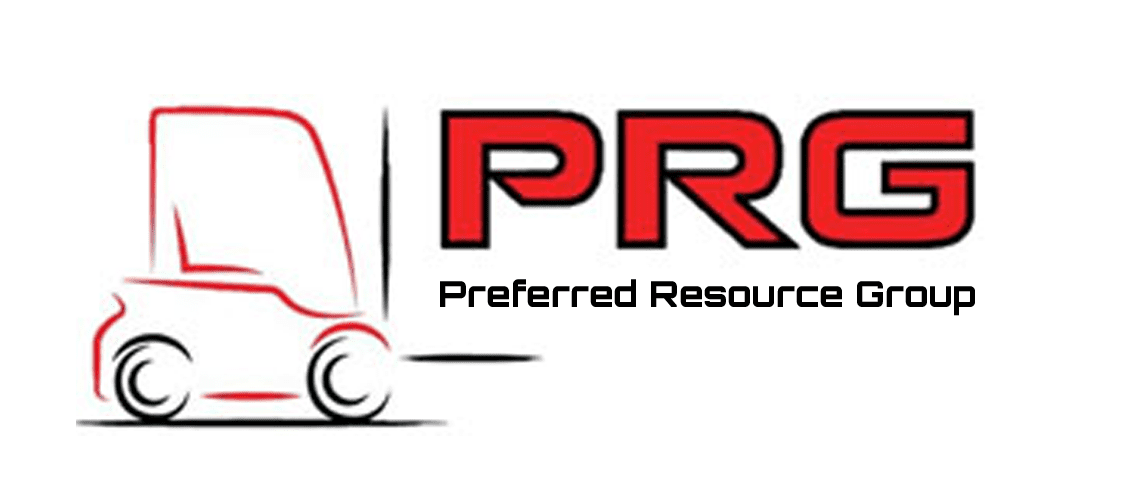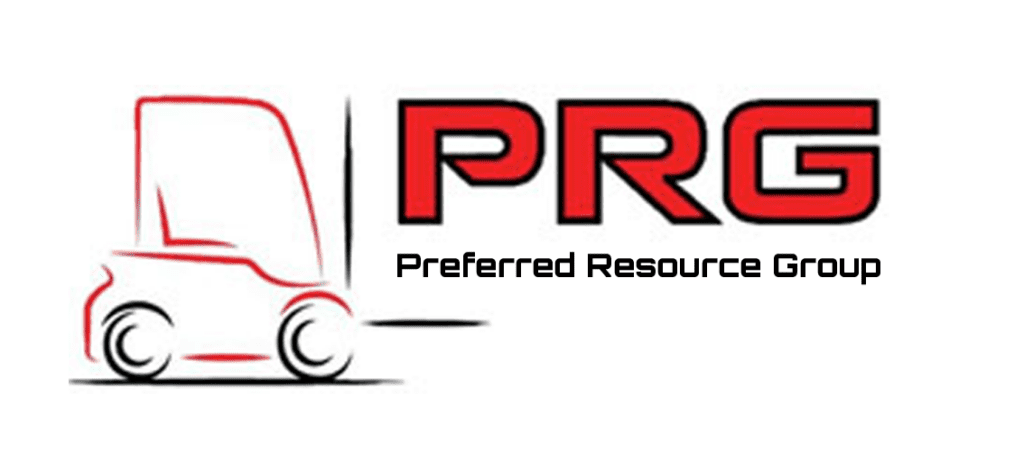After all, most people don’t really bring up forklifts during dinner talks. You already know they are the unsung heroes behind the scenes, though, if you have ever worked near warehouses, building projects, or even large retail establishments.
They are the muscle that moves, lift, and accomplish tasks that people just cannot. This blog is the guide you didn’t realize you needed, not simply a list of forklift types.
This is a great resource for anyone who is beginning a warehouse, handling logistics, or is simply intrigued by forklifts (hey, it happens).
Why You Need to Know Your Forklift Types
Therefore, why even learn about the many varieties of forklifts? The problem with using the incorrect forklift is that it’s like cutting a steak with a butter knife. It could work, but it will be difficult for you.
Every forklift type has a specific function. While some are beasts ready for rough construction sites, others are designed to speed through inside aisles. Selecting the incorrect one can cause major disruptions to production, increase maintenance costs, and even pose a safety risk.
It also slows down operations. Thus, knowing the many types of forklifts is not only “nice to know”; it is necessary if you work in this field.
Counterbalance Forklifts: The All-Rounder in the Warehouse
If forklifts were superheroes, the traditional caped crusader would be the antithesis. No gimmicks, no bullshit, just traditional lifting strength.
These are most likely the ones you see the most. They have a large weight in the rear and forks in front to “counterbalance” whatever they are lifting. Very simple, isn’t it?
Where they shine:
- Warehouses
- Loading docks
- Manufacturing facilities
Why people love them
- Easy to operate
- No extending arms or weird mechanisms
- Handles a wide range of loads
Quick Tip: Ensure that your aisles are sufficiently broad. These aren’t really designed for confined spaces like storage lanes or corners.
Reach Trucks: When Height is the Real Challenge
Alright, so your warehouse has shelves that are quite high. Standard forklifts are insufficient. Herein lies the literal role of reach trucks.
They’re designed to carry things to remarkable heights without toppling over, and yes, that’s where the term originates. They are ideal for confined locations because of their small and elegant form.
Best used in:
- Indoor storage facilities with high-altitude racking.
- Distribution hubs.
- Locations with limited space yet vertical storage.
Why they’re a game changer:
- Forks can be extended into racks.
- Made for confined spaces.
- Extremely accurate handling.
Consider them the forklift types equivalent of the acrobats: quick, precise, and constantly aiming for the summit.

Rough Terrain Forklifts: Built for the Outdoors
Let’s go rough now. When you’re working on uneven terrain, mud, gravel, and inclement weather, you want a rough terrain forklift at your side.
These may be seen at outdoor event sets, lumber yards, and building sites. They are equipped with large tires, robust frames, and a grip that can withstand potholes.
Perfect for:
- Building sites.
- Farming.
- Any outdoor construction site with imperfect surfaces.
Why they matter:
- Adapts to difficult, uneven terrain.
- Large tires with a lot of tread.
- Increased ground clearance.
Rough terrains are your all-weather, outdoor friend, if counterbalance forklifts are your warehouse companion.
Pallet Jacks (Manual & Electric): Small But Mighty
Pallet jacks are the underappreciated heroes of the forklift types. No one is better at carrying pallets over short distances than these people, even if they may not be able to lift ten tons or reach a thirty-foot shelf.
A business, a small warehouse, or even a major relocation is likely where you’ve utilized one. Indeed, depending on how much assistance you require, there are both manual and electric models.
Great for:
- Movement across short distances.
- Lightweight loads.
- Stores, tiny companies, and confined spaces.
Why they’re loved:
- Reasonably priced.
- Simple to use.
- Need little instruction.
- These demonstrate the idea that sometimes less truly is more.
Choosing the Right Forklift Type for Your Job: Quick Tips
Alright, let’s take a moment to slow down. You’re not the only one who feels like there are too many options. There are a few ways to make choosing the correct forklift type less daunting:
Where are you using it?
- Indoor: pallet jacks or reach trucks.
- Outdoors means rough ground.
- Mixed? Choose electric or counterbalance.
Space
Squeezing aisles? Steer clear of large models.
Vast, wide spaces? Forklifts with counterbalance perform admirably.
What are you lifting?
Go large with heavy or excessive loads.
Electric or manual pallet jacks are equally effective for smaller, more manageable weights.
Budget and Timeline
If you’re not ready to purchase, rent. Although it costs more up front, electric is more energy-efficient. Manual is slower but less expensive.
Sometimes, all you need to prevent serious future problems is a brief checklist and a thorough awareness of forklift types.
Final Verdict
Here’s the thing, then. Although forklifts aren’t particularly ostentatious, choosing the correct forklift types has a big impact. Understanding the different sorts of forklifts can help you get it right from the start, whether you’re improving your present fleet, managing a growing e-commerce warehouse, or setting up outdoor operations.
Don’t be duped by the idea that there is a single kind that works for all situations; each one has its own advantages. All you need to do is match the assignment with the appropriate instrument.
Having trouble figuring things out? PRG Equipment has you covered. If you’re looking for a narrow-aisle specialist or a counterbalance forklift dealer in Houston, TX, we’ll help you choose the right kind of forklift, not simply one that looks nice on paper.
FAQ’s
Ans: Counterbalance forklifts are the most widely used due to their versatility and ease of use in various environments.
Ans: Not always. Electric forklifts are better indoors; diesel and rough terrain forklifts are built for outdoor use.
Ans: Reach trucks or electric pallet jacks are ideal for navigating narrow aisles and confined areas.
Ans: Check your typical load weight and add a margin. Overloading the forklift is a safety hazard and shortens the machine’s lifespan.
Ans: It depends on your usage. Frequent, long-term use? Buy. Short-term or seasonal need? Rent might be smarter.


